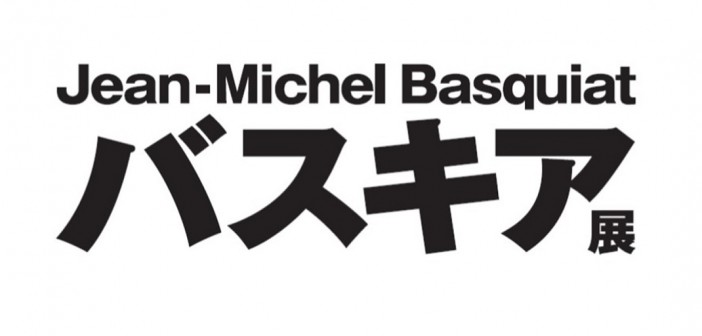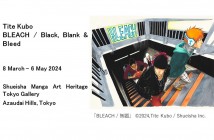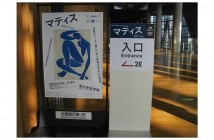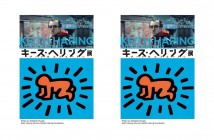page 1 (1/2) “About” 1 2 next page
-
Jean-Michel Basquiat: Made in Japan
21 September – 17 November 2019
Mori Arts Center Gallery
Jean-Michel Basquiat blazed across the art scene in the 1980s like a shooting star. Basquiat’s work continues to inspire many after his death at the young age of 27.
The present exhibition is the first major show in Japan featuring Jean-Michel Basquiat, one of the greatest masters of 20th-century art. Approximately 130 original works of Basquiat – paintings, objects and drawings – on loan from different parts of the world are on display.
page 1 “About” / page 2 “Info”
1 2



